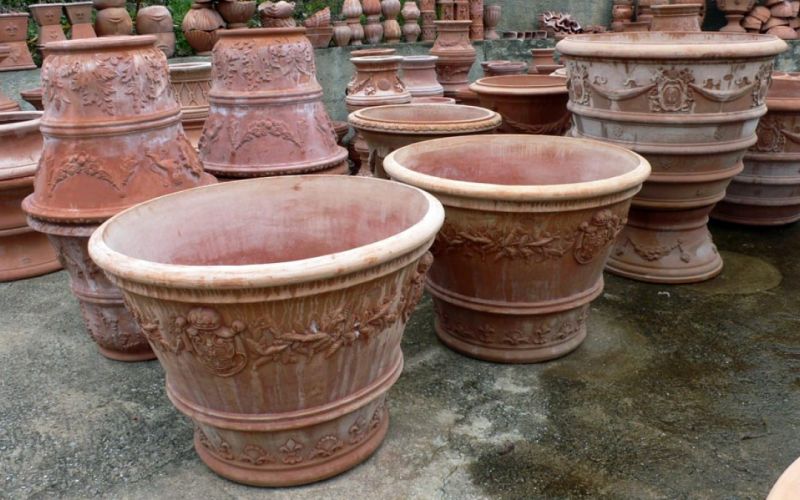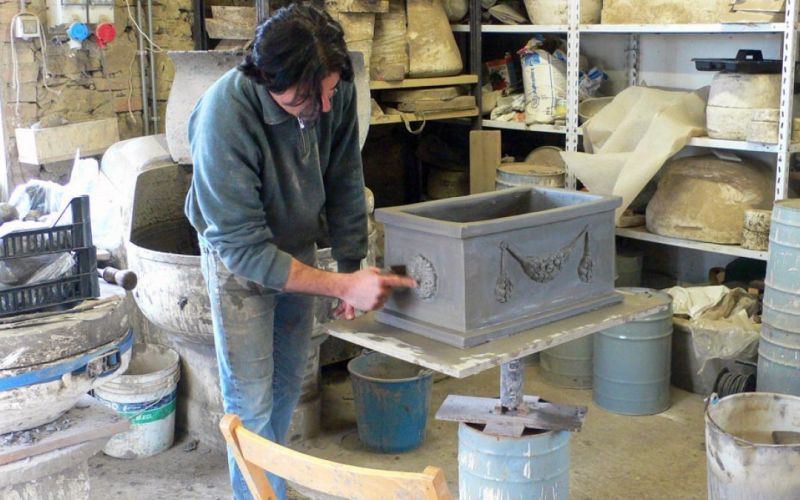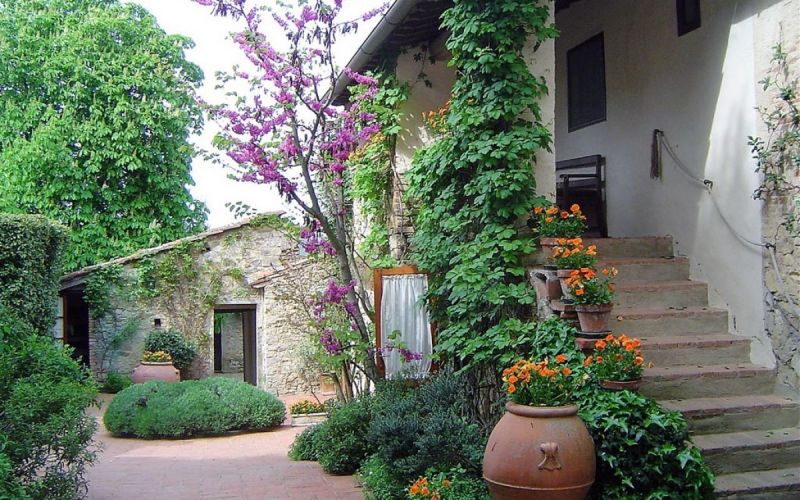Impruneta: the terracotta tradition in Tuscany
The production of “terracotta” in Impruneta, a small town in Tuscany located between Florence and Greve in Chianti, is a very old tradition, dating back to Etruscan and Roman times, with the production of pots, amphorae, bricks...
It can be explained because it is only in a small areas on the territories of Impruneta and Greve that one can find the special type of clay that gives the terracotta its color and makes it unalterable to the cold. Various documents attest to this activity as early as the 11th century, with the creation in the Renaissance of a "guild" bringing together artisans who were producing terracotta. The production of terracotta has continued during the middle Ages and the Renaissance until today, and is still the essential economic activity of Impruneta.
In 1419 Brunelleschi chose the bricks made with Impruneta clay to build the Dome of Florence cathedral, and all the other architects came to supply the different terracotta producers. It is again in Impruneta that were recently produced the bricks for the restoration of the Dome.
There are still in Impruneta many workshops where craftsmen produce, amphorae used in some Chianti cellars, sculptures and also pots for the garden, using traditional techniques.
At the beginning of the nineteenth century, but especially since the beginning of the twentieth century, new industrial processes were introduced, allowing a larger scale production of terracotta, especially for high quality construction materials, bricks and tiles. The floors in Tuscany are traditionally made of terracotta, be it peasants houses, or villas or palaces, and all floors in Villa le Barone but also in Palazzo Larderel and in Vecchienna are made in terracotta!














